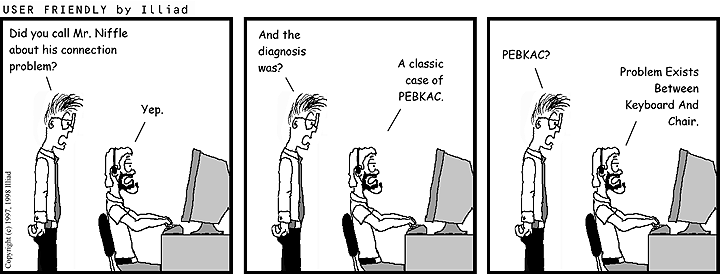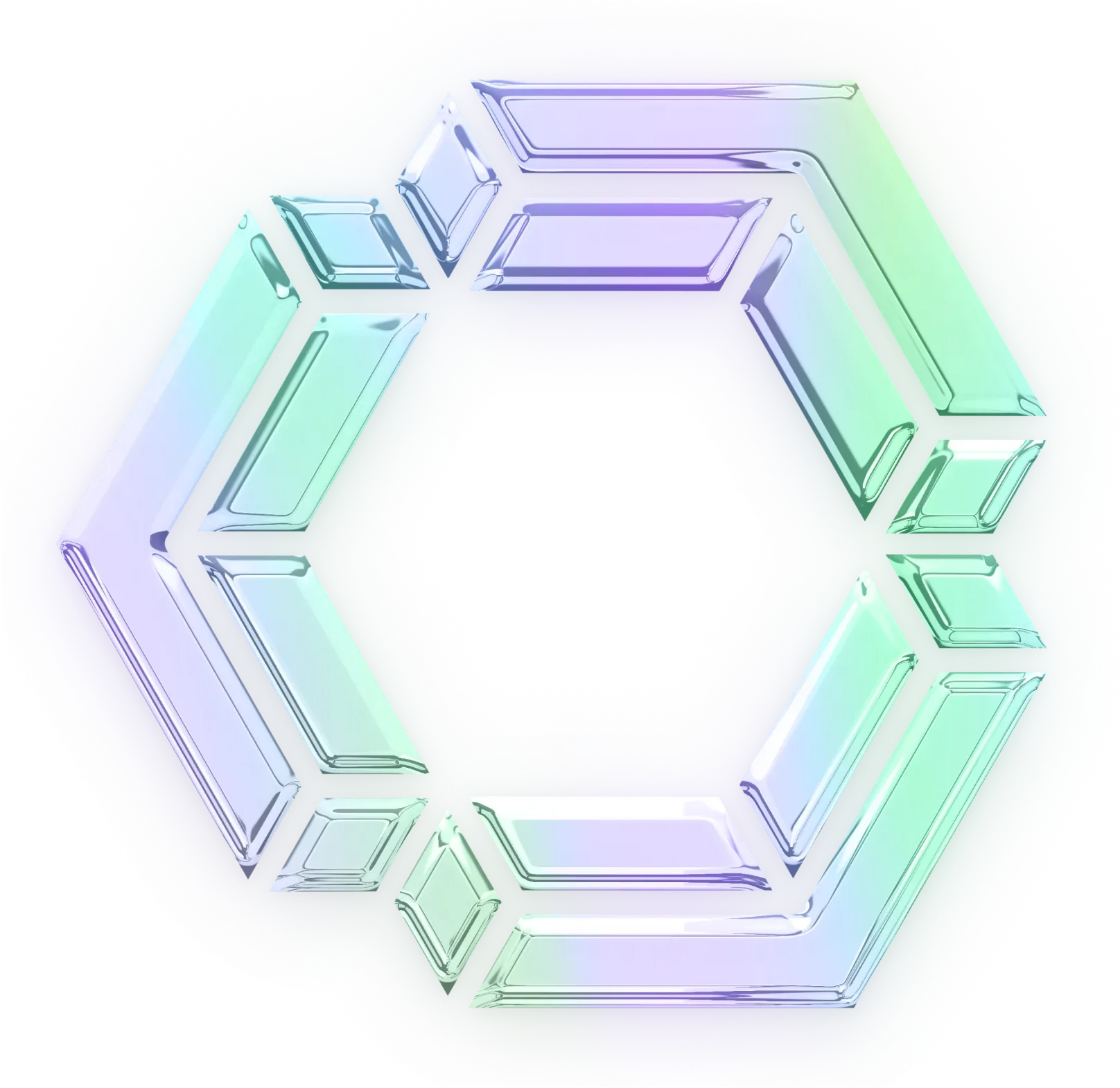Continue + Stakpak: Amplifying DevOps

We've just partnered with Stakpak to bring specialized DevOps capabilities to Continue, and I'm really excited about this one. Why? Because I used to do this for a living.
The DevOps Reality: It's Still Complex
A long time ago, in a galaxy far, far away, I led the infrastructure team at Cloudera. We were "DevOps" before it was called that – writing mountains of Puppet code to manage Hadoop clusters. We were building our own data center and using these new "cloud" offerings from a bookstore company, S3 and EC2. The learning curve was brutal because there were some many domains to master.
Later, I spent a few years at Docker writing Dockerfiles, Terraform, and Kubernetes manifests. I remember staring at YAML at 2 AM during having PEBKAC issues, wondering why we hadn't built better tools yet.

Here's the thing about DevOps in 2025: we've made incredible progress with infrastructure as code, but the cognitive load remains significant. Each organization has their own approaches to these powerful tools:
- Infrastructure tools require deep understanding of cloud-specific configurations and patterns
- Kubernetes manifests involve many interconnected parts with organization-specific requirements
- Dockerfiles can be simple until you find yourself trying to optimize multi-arch builds for layer caching
And generalized AI coding assistants, for all their progress, sometimes struggle with your infrastructure.
Why Generic AI Assistants Fall Short for DevOps
The problem is that most AI assistants treat infrastructure code like any other code, but it's not. When your Python script has a bug, it throws an exception. Infrastructure code is trickier - an AI can generate perfectly valid Terraform that passes validation but has no business being in your codebase. The models are trained on the way the broader internet uses these tools, but everyone's infrastructure is different.
When working with infrastructure, I've noticed that black box AI assistants often struggle with several DevOps-specific challenges:
- Validation happens late: Configuration issues often only become apparent during deployment
- Provider knowledge evolves: Cloud APIs and best practices continually update
- Security considerations vary: Different organizations have different security requirements
- Best practices are contextual: Infrastructure patterns that work for one team might not work for another
During my years typing curly braces, I experienced these challenges firsthand and often wished for tools that better understood the infrastructure context our team was working in.
Building Specialized Assistants for Different Domains
When we started Continue, we made a fundamental design decision: instead of building one generic assistant, we'd create a platform where specialized assistants could be built for different development domains.
The future is in custom assistants that deeply understand your specific development context. Each domain has its own tools, patterns, and challenges.
For frontend developers, that might mean understanding component libraries and design systems. For data scientists, it's connecting to notebooks and data sources. And for DevOps, it means understanding infrastructure-as-code formats, cloud provider requirements, and organization-specific practices.
Stakpak: DevOps AI That Understands Infrastructure
This is where Stakpak comes in. They've built specialized models for DevOps that understand infrastructure code:
- They achieve 95% one-shot validity for Terraform, helping you spend less time fixing configurations and more time building useful infrastructure
- Their models understand the schemas and constraints of infrastructure tools, not just the syntax
- They're constantly updating their knowledge of cloud provider APIs and best practices
But the most exciting part? Through our integration using the Model Context Protocol (MCP), you can now access these specialized capabilities right inside your normal Continue workflow. No more switching between tools or copying/pasting generated configs.
What This Means in Practice
Say you're working on a Terraform project to set up a new microservice infrastructure in AWS. You need an ECS cluster with proper networking, IAM roles, and security groups.
The traditional approach might involve:
- Searching for examples that match your specific requirements
- Adapting code from previous projects to fit the new context
- Reading through cloud provider documentation to understand current best practices
- Iterating through multiple deployment attempts to get everything working correctly
- Come back a week later to play IAM whack-a-mole because the security review came back that the change is not compliant with their guidelines.
With Continue + Stakpak, you can:
- Describe what you need in plain language
- Get a Terraform configuration that's likely to work on the first try
- Focus on the architecture decisions that matter, not the syntax
I wish I'd had this years ago. The hours spent debugging Terraform state issues or tracking down networking problems in Kubernetes could have been redirected toward architectural improvements.
How to Try It
Setting this up is straightforward:
- Install Continue for VS Code or JetBrains
- Go to Continue Hub to create a new assistant
- Add the Stakpak MCP Server to your assistant
- Add this to your config.yaml (get a free Stakpak API Key here):
name: Stakpak
version: 0.0.1
schema: v1
mcpServers:
- name: stakpak
command: npx
args:
- "@stakpak/mcp@latest"
- "STAKPAK_API_KEY=YOUR_API_KEY"
Then just start describing the infrastructure you need, and watch as it generates configs that actually work.
The Road Ahead
This is just the beginning of what's possible with specialized DevOps assistance. The Stakpak team is working on even more ambitious tools – "Terminator-like agents" that can debug cloud issues or automate deployments.
The future isn't just about generating code – it's about AI that understands your entire infrastructure lifecycle.
After years working in infrastructure and DevOps, I've come to appreciate tools that meet developers where they are and respect the complexity of their environments. I'm excited about this combination of Continue's extensibility and Stakpak's specialized DevOps capabilities because it helps teams focus on the architectural decisions that matter while reducing the cognitive load of infrastructure work.
Learn More
Stakpak has written their own take on this partnership. Check out their announcement for their perspective on how this integration makes DevOps work less painful.
Join other DevOps folks on our Discord to share your experiences with the Stakpak integration and commiserate about infrastructure war stories.

